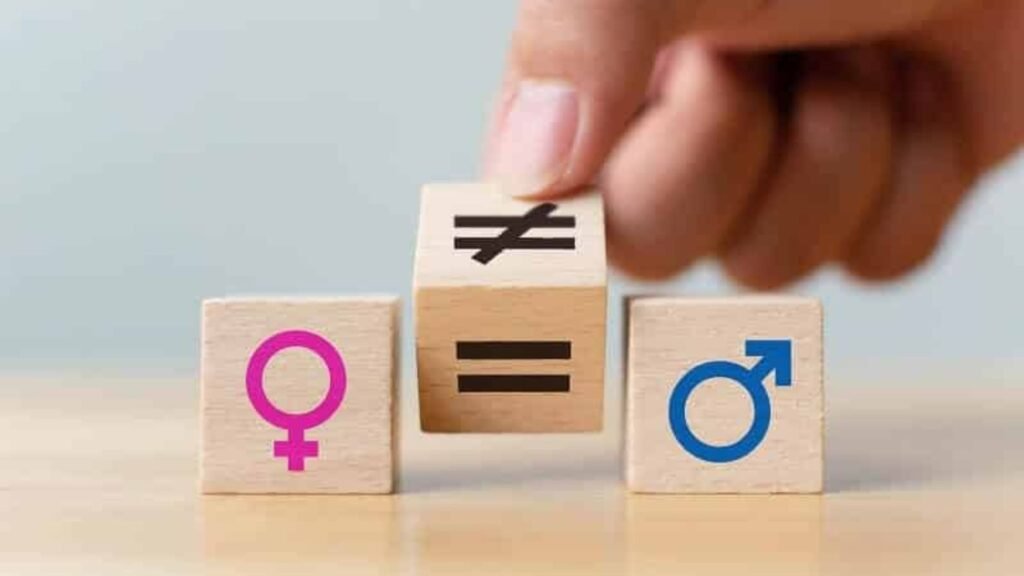Best Strategies for Combating Gender Discrimination in Human Rights
Gender discrimination remains a significant challenge in the realm of human rights, impacting individuals’ access to opportunities, protections, and justice. Combating this discrimination requires a multifaceted approach involving policy reforms, advocacy, education, and coalition-building. This article outlines the best strategies for addressing gender discrimination and promoting gender equality in human rights.

1. Implement and Enforce Comprehensive Anti-Discrimination Laws
Review and Update Existing Legislation:
Examine current laws related to gender discrimination and identify gaps. Update these laws to ensure they provide comprehensive protection against all forms of gender-based discrimination.
Ensure Effective Enforcement:
Strengthen mechanisms for enforcing anti-discrimination laws. This includes setting up efficient complaint processes, training law enforcement and judicial personnel, and ensuring accountability for violations.
Example:
Implementing stricter laws against workplace discrimination and ensuring that complaints are addressed promptly and effectively.
2. Promote Gender Equality through Policy Reforms
Advocate for Gender-Inclusive Policies:
Work to develop and implement policies that promote gender equality in all sectors, including education, employment, and healthcare. Ensure that these policies address both direct and indirect forms of gender discrimination.
Monitor Policy Impact:
Regularly assess the effectiveness of gender-inclusive policies. Collect data on their impact and make necessary adjustments to address emerging issues and gaps.
Example:
Enforcing policies that require equal pay for equal work and monitoring their impact on closing the gender pay gap.
3. Enhance Public Awareness and Education
Conduct Awareness Campaigns:
Run public awareness campaigns to highlight issues of gender discrimination and promote gender equality. Use various media platforms to reach diverse audiences and foster a culture of respect and equality.
Integrate Gender Equality into Education:
Include gender equality education in school curriculums and training programs. Educate students and professionals about the importance of gender equality and the harmful effects of discrimination.
Example:
Organizing workshops and seminars in schools to teach students about gender equality and respectful behavior.
4. Build and Strengthen Coalitions
Form Alliances with Advocacy Groups:
Collaborate with non-governmental organizations (NGOs), community groups, and international bodies focused on gender rights. Building coalitions can amplify efforts and pool resources for greater impact.
Engage Stakeholders:
Involve various stakeholders, including businesses, government agencies, and civil society organizations, in efforts to combat gender discrimination. Encourage them to adopt gender-inclusive practices and policies.
Example:
Partnering with women’s rights organizations and businesses to promote diversity and inclusion in the workplace.
5. Support and Empower Marginalized Groups
Address Intersectional Discrimination:
Recognize that gender discrimination often intersects with other forms of discrimination, such as race, disability, and socioeconomic status. Implement strategies to address these intersecting forms of discrimination.
Empower Vulnerable Communities:
Provide support and resources to marginalized groups to enhance their access to education, healthcare, and economic opportunities. Empower these communities to advocate for their rights and participate in decision-making processes.
Example:
Offering scholarships and mentorship programs for women from marginalized communities to help them access higher education and career opportunities.
6. Leverage International Human Rights Mechanisms
Utilize International Treaties and Agreements:
Engage with international human rights treaties and mechanisms to advocate for gender equality. Use these frameworks to hold governments accountable for gender discrimination.
Participate in Global Forums:
Take part in international forums and conferences focused on gender equality. Share experiences, best practices, and strategies for combating gender discrimination.
Example:
Reporting gender discrimination issues to the United Nations Committee on the Elimination of Discrimination Against Women (CEDAW) and utilizing its recommendations for national advocacy.
7. Encourage Gender-Responsive Research
Support Gender Research:
Invest in research that explores gender discrimination and its impact. Use data and findings to inform policies, programs, and advocacy efforts.
Promote Evidence-Based Approaches:
Ensure that interventions and policies are based on solid evidence. Use research findings to address specific issues of gender discrimination and measure progress over time.
Example:
Conducting studies on the impact of gender-based violence and using the findings to develop targeted support services.
8. Foster Gender-Inclusive Workplaces
Implement Diversity and Inclusion Programs:
Develop and enforce diversity and inclusion programs within organizations. Promote gender balance in hiring, promotions, and decision-making processes.
Provide Training and Development:
Offer training programs on gender sensitivity and unconscious bias for employees and leaders. Encourage a culture of respect and equality within the workplace.
Example:
Creating mentorship programs to support the career advancement of women and ensuring equal opportunities for leadership roles.
9. Advocate for Gender Equity in Media and Communication
Challenge Stereotypes:
Address and challenge gender stereotypes and biases perpetuated by media and communication channels. Promote positive and diverse portrayals of gender in media.
Support Gender-Equitable Media Initiatives:
Encourage media organizations to adopt gender-sensitive practices and content. Support initiatives that highlight gender equality and challenge discriminatory portrayals.
Example:
Campaigning against gender-biased advertising and promoting media content that represents diverse gender perspectives.
Conclusion
Combating gender discrimination in human rights requires a comprehensive and strategic approach. By implementing and enforcing anti-discrimination laws, promoting gender-inclusive policies, enhancing public awareness, building coalitions, and leveraging international frameworks, we can make significant strides towards achieving gender equality. Continued efforts in research, support for marginalized groups, and fostering inclusive environments are essential for creating a more equitable society for all.



